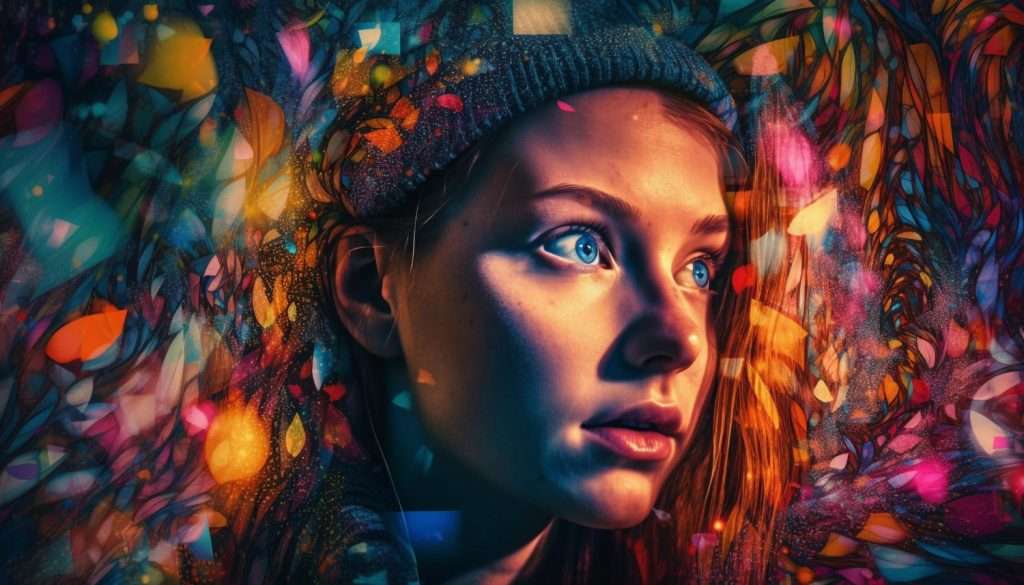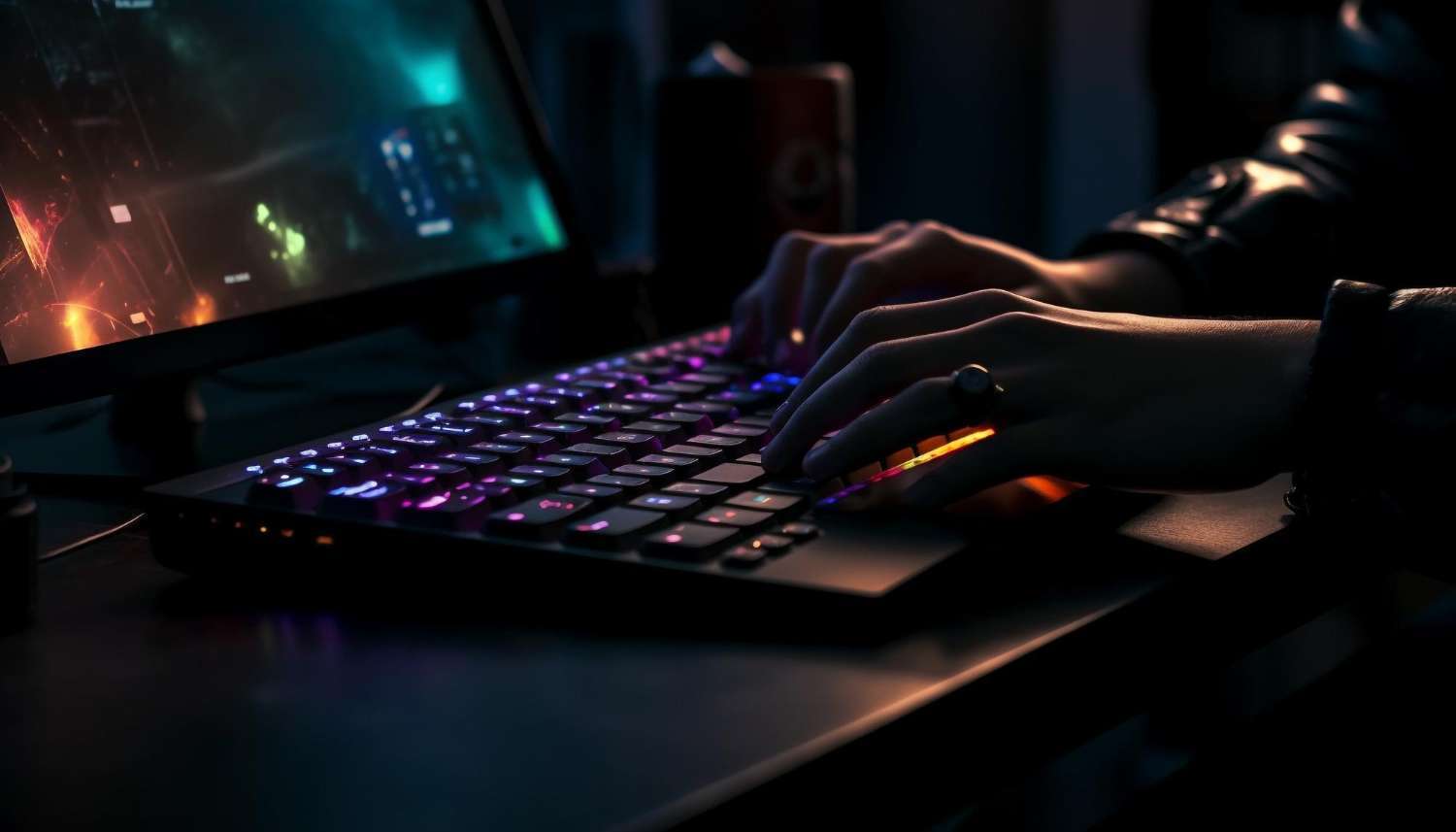You might have made it to this page because you’ve been toying with the idea of bringing Artificial Intelligence (AI) into your company’s content creation process or probably seeking ways to understand how AI can convert words into pictures.
As many agree, crafting distinctive visuals manually for each piece of content can be painstakingly labor-intensive and time-consuming. The AI magic wand simplifying this process may seem too good to be true, but it’s a reality today. Devices that turn text into images aren’t just fancy technology—they’re practical tools that bring your written concepts to life in a fast, compelling way.
Preparing to delve into the workings of AI and its high-tech spectacle, this article will offer you an interesting exploration. It will provide you a broadened understanding, equipping you with seeming sorcery to convert words into visual representations effortlessly. All of these without having to employ complex coding logic or an extensive tech team. Ready to move closer to the convergence of text and images? Let’s go!
Summary
- How Does Text-to-Image Work?
- Digging Into AI’s Role
- How can Text-to-Image Generator Benefit You?
- Creating Images through Text: A Walkthrough
How Does Text-to-Image Work?
The text-to-image generator is a tool that uses AI to translate text descriptions into digital visuals.
It’s like a virtual artist sketching a picture based on a given narration. It works on Generative Adversarial Networks (GANs), an AI algorithm, that consists of a Generator and a Discriminator. The Generator makes guesses to create probable images from inputs, while the Discriminator critiques the work by distinguishing real images from fabricated ones, hence refining the Generator’s creations.
Example: For a phrase like ‘an apple on a table’, the generator will create digital red circular forms representing the apple and a flat surface as a table.
Basics of AI and Deep Learning in Text-to-Image
A GAN is based on Deep Learning, a subset of Machine Learning, that imitates the human brain’s workings to ‘learn’ from large amounts of data. Deep Learning employs neural networks that can process and analyze vast datasets. In the case of text-to-image, it ‘learns’ to connect the dots between text and visual representation.
Think of AI as a child who learns to identify and scribble a dog after repeatedly hearing its description and seeing drawn pictures of it. This is similar to AI mapping phrases to images, post-training.

What Makes AI-Generated Images Unique?
AI-generated images are different because they’re not made from stored images or set patterns. Instead, the AI-generated graphics reflect a whole new creation each time, based on distinct input, making the images vastly diverse in nature.
For instance, an AI drawing for ‘a girl holding a blue umbrella in the rain’ will be different each time. The girl’s position, the umbrella style, or the rain intensity can vary in each image, reflecting creativity.
Online Availability and Resolution Limitations
These AI-generated images are available online. However, some of them have limitations when it comes to extremely high resolutions and they might blur when printed on larger formats due to resolution constraints.
Digging Into AI’s Role
Artificial Intelligence employs advanced Machine Learning algorithms, enabling it to create image representations from text.
How AI Interprets Prompts?
The AI algorithm picks critical data points from the prompt or text input. It uses this data to map with its ‘learned’ understanding, deciding the colors, forms, textures, and locations. It’s an intricate correlation process where textual elements are translated into visual data.
An instance like ‘a hovering orange spaceship in starry space’ would hint AI towards creating a spaceship image, orange, positioning it above the ground, and designing a star-filled background.
AI and the Graphic Creation Process
AI leverages its learning to mimic human creativity. It first creates a rough outline or draft, refines it, adds detail, and then introduces colors, finally bringing the image representation to life, just like an artist’s step-by-step process.
Adaptable Graphics with AI
AI-generated graphics offer flexibility for modifications and adaptations. Colors, textures, and forms can be adjusted to suit specific requirements.
A ‘joyous celebration in a lush-green park with blue balloons’ prompt can have altered colors for balloons 🎈, or the level of greenery can be tweaked to match the desired appearance.

How can Text-to-Image Generator Benefit You?
The Text-to-Image generator can prove to be a powerful tool in a wide array of applications, right from business branding to content marketing, and from product visualization to enhancing presentations.
- Effortless Graphics Generation
With text-to-image generators, creating visuals is as simple as writing a descriptive line about it. It eliminates the need for manual graphic designing, saving crucial time and resources. - Unique Visual Representation
AI generators create visuals that are unique each time, thereby ensuring originality in your graphics and setting you apart in today’s competitive digital space. - Automated Marketing Content Creation
Generative AI can be a great help in automating marketing content creation, with stunning visuals created almost instantaneously from mere descriptions. This can aid in faster decision-making and optimizing marketing strategies. - Better User Experience with Personalization
Generators like Wepik offer users the ability to personalize the generated visuals as per their liking and requirements, therefore, enhancing the overall user experience.
Creating Images through Text: A Walkthrough
Let’s see how you can actually create images using AI with platforms such as Wepik.
- Choosing Your Base
You can either write your own prompt or choose one from their gallery. Feel free to modify, change, and re-interpret your prompt according to your narrative. For example, you may choose a base like ‘a calm lake at dusk with a swan‘ and modify it to ‘a serene lake with a swan basked in the orange glow of the setting sun‘. - Selecting the Style
You can choose the desired format and style for your image according to the requirements of your project or your personal preferences. For the prompt above, you can choose a surreal style for a dreamy effect or a realistic one for a natural scene. - Sharing Your Creation
Once you’ve produced the image, you can share it or add it to your design using Wepik’s editor.
Conclusion
So, there you have it— a comprehensive guide on the Text-to-image generator and its magic in creating effortless and diverse visuals. With the power of AI, these tools have been making waves in content creation by saving much-needed time, money, and resources. They’ve made it possible to automate complex graphics generation while maintaining the charm and detail of manual creativity.
The tech isn’t perfect yet, especially when it comes to very high resolutions. Still, platforms like Wepik provide a great starting point for incorporating AI into your content strategy— adding that much-needed edge in the digital arena.
Armed with this newfound knowledge, you’re ready to produce stunning visuals with just a few clicks! 🚀
- The Agentic Startup Manifesto - June 8, 2025
- Remote Hiring in 2025 - April 5, 2025
- Burnout in Remote Teams: How It’s Draining Your Profits - January 27, 2025
